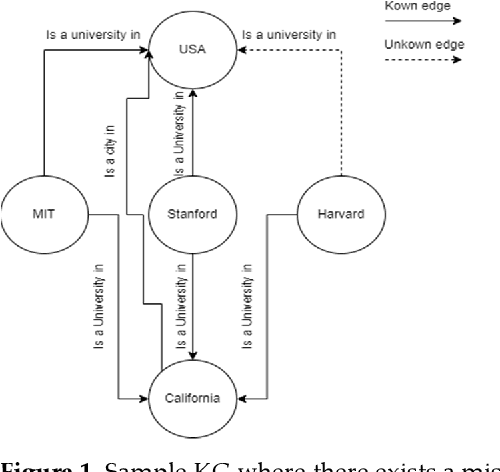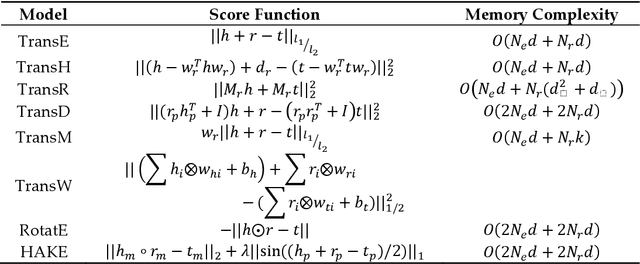Minou Rabiei
A Critical Review of Physics-Informed Machine Learning Applications in Subsurface Energy Systems
Aug 06, 2023Abstract:Machine learning has emerged as a powerful tool in various fields, including computer vision, natural language processing, and speech recognition. It can unravel hidden patterns within large data sets and reveal unparalleled insights, revolutionizing many industries and disciplines. However, machine and deep learning models lack interpretability and limited domain-specific knowledge, especially in applications such as physics and engineering. Alternatively, physics-informed machine learning (PIML) techniques integrate physics principles into data-driven models. By combining deep learning with domain knowledge, PIML improves the generalization of the model, abidance by the governing physical laws, and interpretability. This paper comprehensively reviews PIML applications related to subsurface energy systems, mainly in the oil and gas industry. The review highlights the successful utilization of PIML for tasks such as seismic applications, reservoir simulation, hydrocarbons production forecasting, and intelligent decision-making in the exploration and production stages. Additionally, it demonstrates PIML's capabilities to revolutionize the oil and gas industry and other emerging areas of interest, such as carbon and hydrogen storage; and geothermal systems by providing more accurate and reliable predictions for resource management and operational efficiency.
A Review of Knowledge Graph Completion
Aug 24, 2022



Abstract:Information extraction methods proved to be effective at triple extraction from structured or unstructured data. The organization of such triples in the form of (head entity, relation, tail entity) is called the construction of Knowledge Graphs (KGs). Most of the current knowledge graphs are incomplete. In order to use KGs in downstream tasks, it is desirable to predict missing links in KGs. Different approaches have been recently proposed for representation learning of KGs by embedding both entities and relations into a low-dimensional vector space aiming to predict unknown triples based on previously visited triples. According to how the triples will be treated independently or dependently, we divided the task of knowledge graph completion into conventional and graph neural network representation learning and we discuss them in more detail. In conventional approaches, each triple will be processed independently and in GNN-based approaches, triples also consider their local neighborhood. View Full-Text
 Add to Chrome
Add to Chrome Add to Firefox
Add to Firefox Add to Edge
Add to Edge